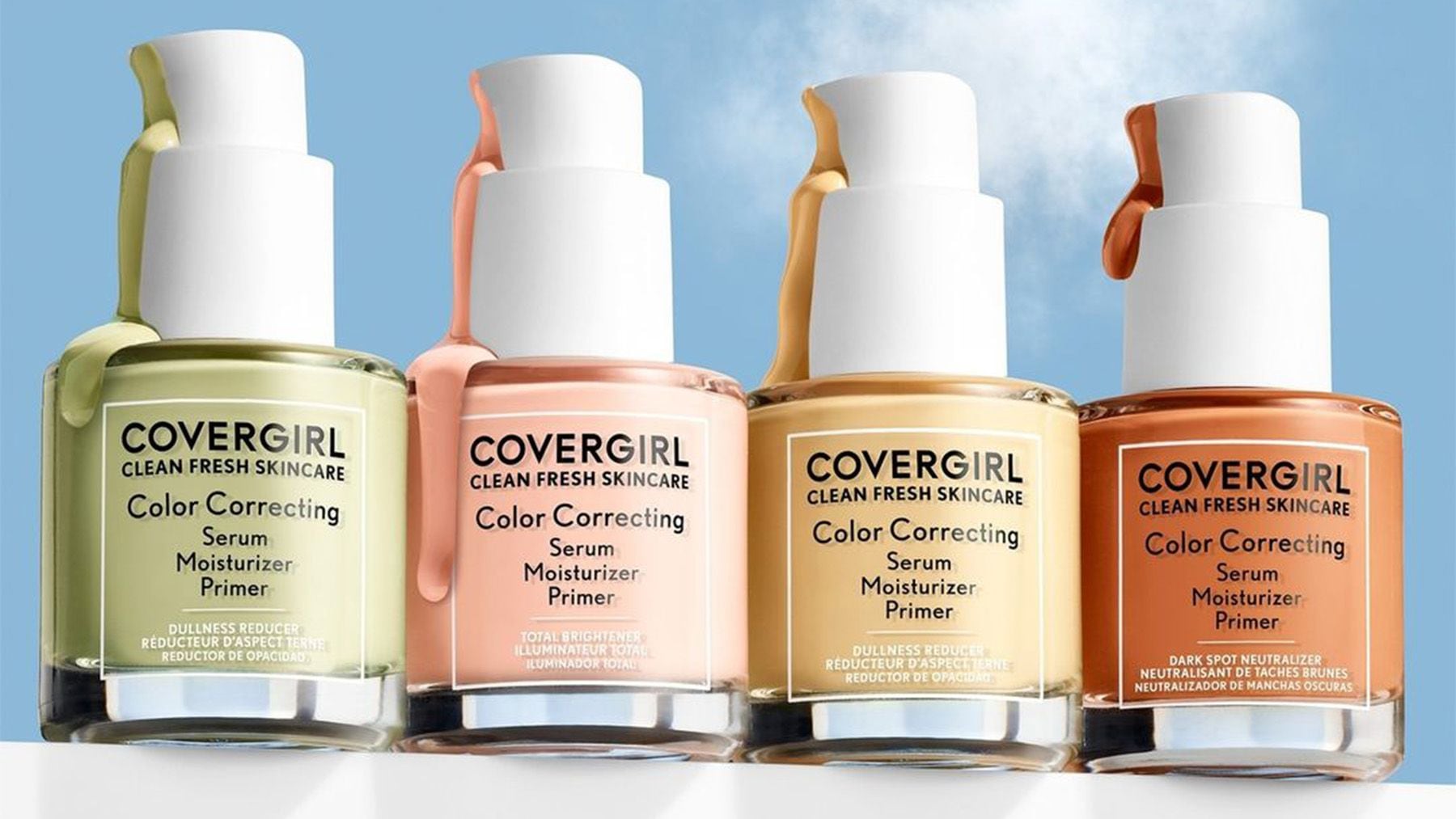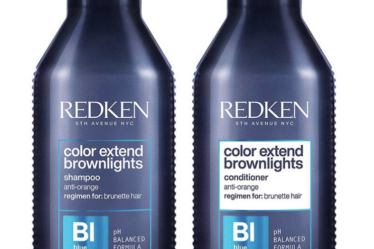
Shares of the company were up about 3% in aftermarket trading.
The CoverGirl parent has been investing heavily in new product launches and collaborations with influencers and e-retail partners to drive demand at a time when higher prices of necessities force customers to rethink luxury purchases.
Coty’s third-quarter e-commerce revenue growth was nearly 20%, helped by new launches such as Cosmic Kylie Jenner and Marc Jacobs Daisy.
Like-for-like sales in Coty’s prestige segment, which houses brands such as Burberry and Gucci, were up 13% and the consumer beauty segment, home to Rimmel and CoverGirl, saw a 6% jump.
European rival L’Oréal, which reported a rise in first-quarter like-for-like sales on the back of strong demand for mass market and dermatological products, had flagged weakness in the luxury segment.
“(Prestige) category remains very, very dynamic… we are over performing the category dynamic and we are gaining market share across all continents,” Coty CFO Laurent Mercier told Reuters.
Total third-quarter net revenue at Coty rose 7.5%, to $1.39 billion, beating LSEG estimates of $1.37 billion.
Its adjusted net income fell to $43.8 million, or 5 cents per share, from $168.1 million, or 19 cents per share a year earlier, as profit expansion was more than offset by a reversal of $133 million in the benefit from the equity swap mark-to-market.
For the quarter, the company’s adjusted gross margin rose by 190 basis points to 64.8%, driven by higher pricing and easing production costs.
Coty expects fiscal 2024 core sales to be at the high end of the 9% to 11% growth it previously forecast. It also sees annual adjusted per-share profit at the high end of its prior expectation of 44 cents to 47 cents.
By Ananya Mariam Rajesh
Learn more:
Luxury Brands Stumble In Their Race to Conquer Beauty
Prestige makeup is fashion’s category expansion du jour. But even the market’s most powerful players could learn a thing or two from its celebrity-backed competition.


